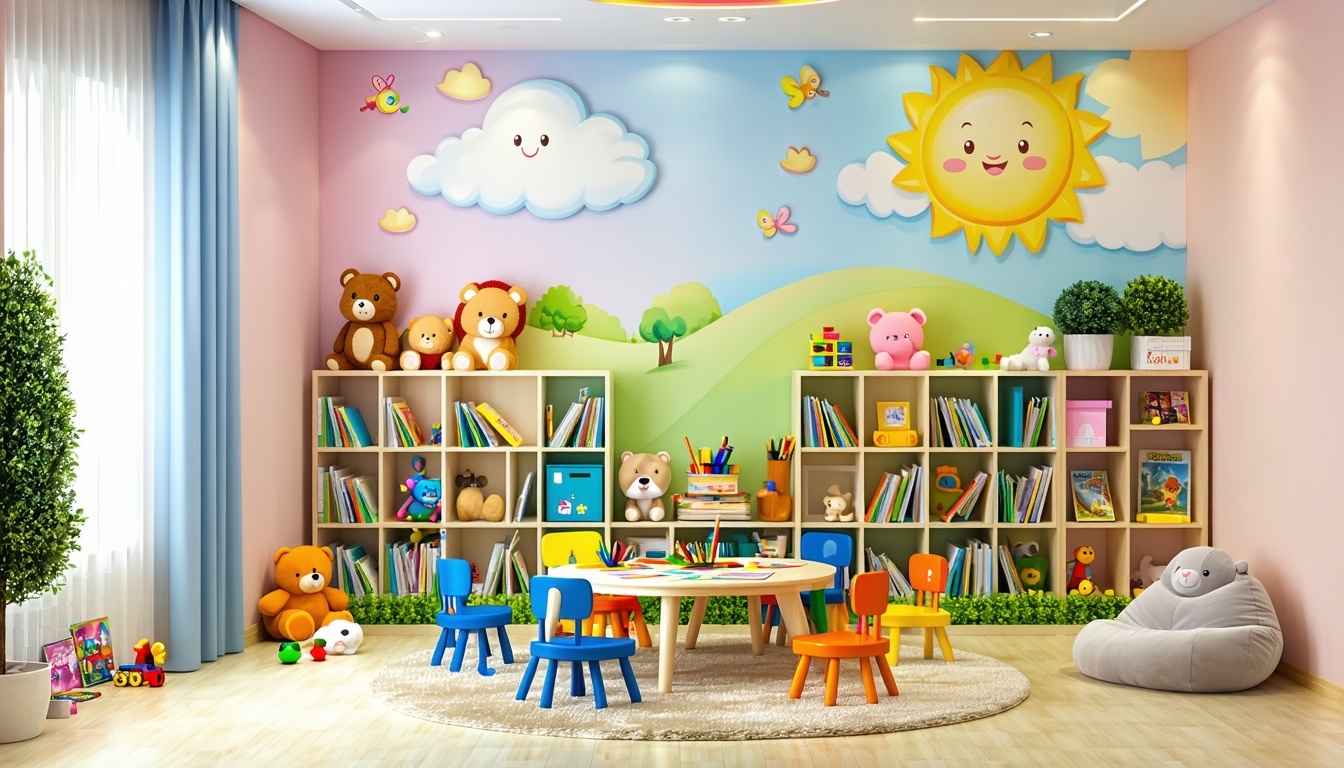
Imagine being told you’re going to a place you’ve never been, to talk to a person you’ve never met… about feelings you may not fully understand.
Now imagine you’re seven.
Therapy can feel big and mysterious for kids—especially if they’ve overheard it whispered about or only seen it in movies where someone’s lying on a couch with a tissue box nearby.
But here’s the truth:
✨ Therapy isn’t scary. It’s a brave, beautiful tool.
And kids deserve to know that.
This post is your guide to introducing therapy to your child in a way that’s clear, honest, and even a little bit fun. Let’s normalize mental health support, one child at a time.
🧠 Why the Way You Frame Therapy Matters
Children are deeply attuned to tone and context. If therapy is presented like a punishment or secret, they may feel like:
-
Something’s wrong with them
-
They’re in trouble
-
They’ve disappointed you
But when therapy is framed as a resource, a safe place, or even a superpower training session—kids are more open, curious, and empowered.
🛠️ How to Introduce the Idea (Depending on Age)
Ages 4–7:
Keep it simple, safe, and playful.
Try:
“Therapy is a place where you get to talk, play, and learn about your feelings. Your therapist is like a feelings helper—kind of like a teacher or coach, but for your heart and brain.”
Ages 8–12:
Be a little more direct, while still emphasizing trust and support.
Try:
“Sometimes our brains and hearts feel full—like too many tabs open. Therapy is a place where you get to learn tools to feel better, solve problems, and understand what’s going on inside. It’s totally okay to feel unsure at first.”
✨ Normalize Therapy With Familiar Comparisons
Use metaphors kids can relate to:
-
“Therapists are like emotional detectives” – they help you figure out what your feelings are trying to say.
-
“It’s like a tune-up for your heart” – just like we see doctors for our body, we see therapists for our thoughts and emotions.
-
“It’s a safe feelings zone” – you can say anything there, and you won’t get in trouble.
💬 What Kids Often Want to Know (And How to Answer)
Q: “Do I have to talk the whole time?”
A: “Nope! You can draw, play, or take breaks. You’ll go at your own pace.”
Q: “Is the therapist going to tell everyone my secrets?”
A: “What you say in therapy is private, unless you’re not safe. Your therapist is there to help—not to tell on you.”
Q: “What if I don’t like them?”
A: “That’s okay. Finding the right person is important, and we’ll work together to make sure it feels like a good fit.”
🌿 Build It Into Your Family Culture
If therapy is part of your family’s wellness plan (like Hazelwood families often experience), make it as routine as doctor checkups or school meetings.
Say things like:
-
“Today’s your feelings day!”
-
“Your therapist is your teammate—we all have one.”
-
“It’s okay to talk about therapy at home. I’m proud of you for showing up.”
This takes the mystery and shame out of it—and builds confidence instead.
💖 A Note from Melissa
Therapy isn’t something to hide.
It’s something to honor.
When you talk about mental health with openness and warmth, your child learns one of the most important lessons of all:
“It’s okay to ask for help. And it’s strong to know yourself.”
That lesson lasts far longer than any single session.
It creates lifelong resilience, self-compassion, and emotional wisdom.
So whether your child is curious, cautious, or a little unsure—know this:
They are stepping into something brave.
And you’re walking them there with love.
📌 Try This Today:
Have your child decorate a “Feelings Backpack” on paper. Inside, draw or write what they’re bringing to therapy—questions, feelings, strengths, and even worries. It’s a safe, creative way to start the conversation before the first visit.
Need more support with kid-friendly mental health tools and scripts?
Subscribe to Melissa’s Mindful Minute for Hazelwood-approved resources, stories, and simple language that makes emotional growth feel safe, magical, and real.
